You’d think with all the advances in aircraft technology, flights would be getting faster—not longer. Yet, somehow, that two-hour trip you took ten years ago now takes two and a half. It’s not just your imagination. Airlines are deliberately making flights longer on paper. But they’re not doing it because the planes are slower. They’re doing it because it works—for them. From padded schedules to performance tricks, there’s a method behind the madness. If you’ve ever wondered why you landed early but still had to wait at the gate, here’s the truth behind why airlines stretch out flight times—and what it means for your journey.
It’s All About “Padding” the Schedule
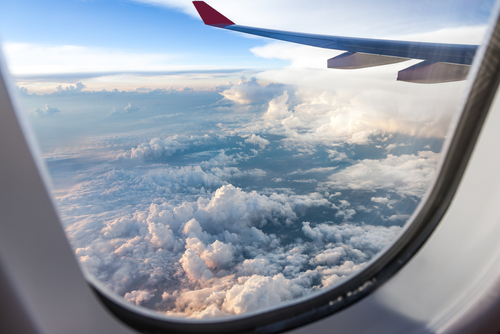
The main reason airlines make flights longer is something called “schedule padding.” This is the practice of adding extra minutes to a flight’s expected duration—not because the plane has slowed down, but to give the airline wiggle room. For instance, a flight that typically takes 1 hour and 45 minutes might be listed as 2 hours. This buffer allows for unexpected delays like taxi time, slow boarding, or minor air traffic issues. From a performance standpoint, it gives airlines the ability to say the flight landed “on time,” even when it really didn’t. It also improves their internal statistics and makes them look more reliable to travelers and regulators. Ultimately, it’s less about actual time in the air and more about managing expectations. By underpromising and overdelivering, airlines hope passengers will feel more satisfied—even when nothing has changed operationally.
Weather Isn’t Always Predictable
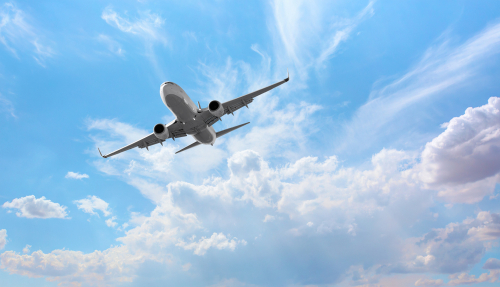
Weather is one of the biggest factors affecting flight times, and airlines have no control over it. Headwinds, thunderstorms, snowstorms, and heavy rain can all slow a flight down or reroute it. While meteorologists can forecast some of these conditions, many weather events change quickly or vary by altitude. To protect themselves from these variables, airlines bake in extra time to account for the unknown. If the flight encounters no bad weather, the plane might arrive ahead of schedule. But if conditions shift mid-route, they’re already covered. This way, they can avoid upsetting passengers with unexpected delays or having to reshuffle other flights. Schedule padding acts as insurance against nature’s unpredictability and helps smooth out the effects of volatile weather patterns on daily operations.
Air Traffic Control Delays Are Common
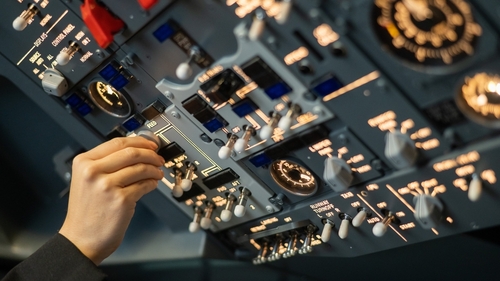
Even with modern navigation tools, air traffic control still plays a huge role in how quickly your flight reaches its destination. As global air traffic increases, especially around busy hubs like JFK, LAX, or Heathrow, more flights get placed in holding patterns or rerouted due to congestion. That means your plane may not be able to fly the most direct path or may need to circle before landing. These delays add up—and they’re mostly out of the airline’s hands. To avoid falling behind schedule because of congested skies, airlines increase the estimated time for each flight. This way, even if there’s a reroute or a stack of planes waiting to land, they still appear on time. The extra time is a cushion to protect operations from the chaos above our heads.
Read More: 10 Tips For Travelling Alone That Will Transform Your Travels
On-Time Arrival Rankings Matter
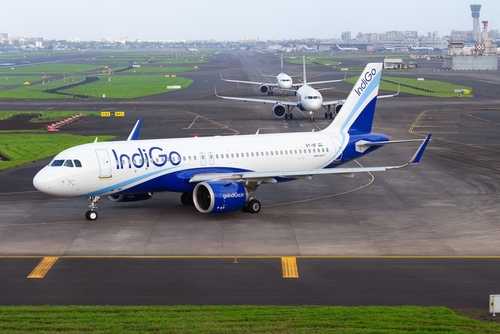
Airlines don’t just care about getting you to your destination—they care about when you arrive, because that affects how they’re ranked. Every airline is measured on its on-time performance, and those stats are made public and watched closely by passengers and regulators. To avoid appearing late, airlines simply redefine what “on time” means. A flight that would once have been marked late for landing 10 minutes past its real duration can now count as “early” thanks to padding. This improves their position in rankings, increases customer confidence, and makes them more competitive. Some carriers are even known to manipulate schedules during certain seasons to keep their scores up. These numbers are marketing gold, and airlines will do whatever it takes to protect them—including making your flight seem longer than it really needs to be.
It Reduces Customer Complaints
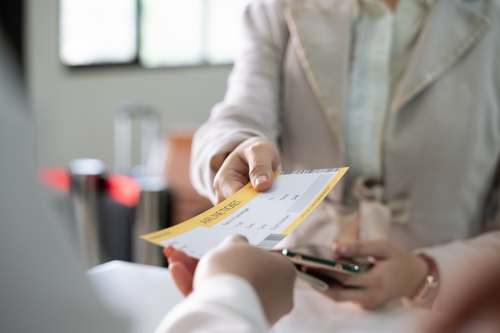
No one likes being delayed, and complaints are bad for business. If a flight shows up late, customers may flood the airline with grievances or bad reviews. But if a flight shows up “on time,” even if it’s not especially fast, people tend to stay quiet. This is one of the psychological tricks airlines rely on: it’s better to set expectations low and meet them than to promise speed and fall short. Padding the schedule makes passengers feel like things went smoothly, even when the airline had to scramble behind the scenes. It also helps with rebooking issues. When delays are common, passengers often miss connections. But if airlines include buffer time in the schedule, travelers are less likely to run through terminals or miss their next leg. Fewer complaints. Fewer headaches. Better business.
Airlines Save on Compensation Costs
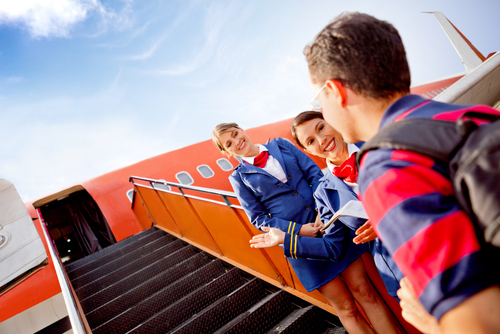
In many parts of the world, especially in the EU, passengers have legal rights to compensation when flights are delayed. The thresholds for compensation are based on how long the delay is—typically over 2 or 3 hours. But here’s the loophole: if the airline adds an extra 30 minutes or more to the scheduled duration, they might fall just below that threshold. Even if the flight is delayed by an hour in real time, the schedule might still reflect an “on time” arrival. This helps airlines avoid paying out refunds, travel vouchers, or hotel stays. It’s a business tactic rooted in law. By inflating the expected time, they create more space between what counts as “delayed” and what gets a pass. It’s one of the less visible reasons for longer flights, but it saves carriers a lot of money every year.
It Gives Pilots More Flexibility
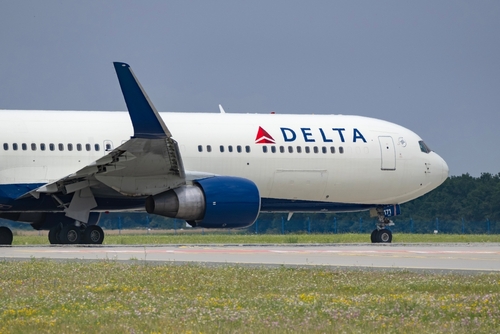
Flying a plane is stressful enough without the pressure to beat the clock. Pilots often deal with headwinds, reroutes, and changing conditions. A tight schedule can force pilots to rush or make snap decisions that aren’t ideal. By padding the flight time, airlines give pilots more breathing room. That flexibility lets them slow down if needed, take safer detours, or better manage the fuel burn rate. It also eases pressure when taxiing on the ground, which can often take 20 minutes or more at busy airports. The result is a calmer flight experience for both crew and passengers. In aviation, safety always comes first, and schedule padding is a way to support that principle without making the operation seem inefficient to the public.
Airport Logistics Can Be Slow
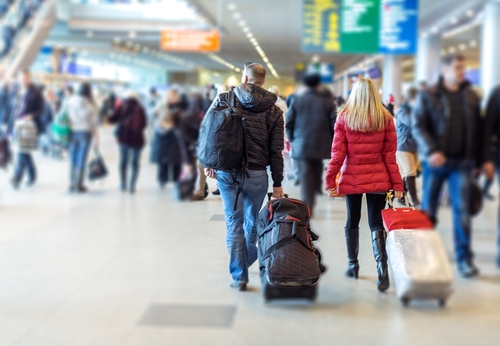
Even if the flight itself goes smoothly, that doesn’t guarantee you’ll get off the plane quickly. Airports are often juggling dozens of arriving flights at once. If the gate for your plane isn’t open, the aircraft might need to sit on the tarmac and wait its turn. Add in slow baggage handling, customs backlogs, or de-icing delays, and the process stretches out even more. Airlines plan for these hold-ups by adding time to the end of the flight schedule. It may not make the experience any better for you, but it keeps the airline’s numbers clean. You’re technically not late—you’re just “waiting.” This kind of padding helps avoid cascading delays across the network and gives ground crews time to reset without constantly being behind.
Airlines Want to Avoid Rebooking Chaos
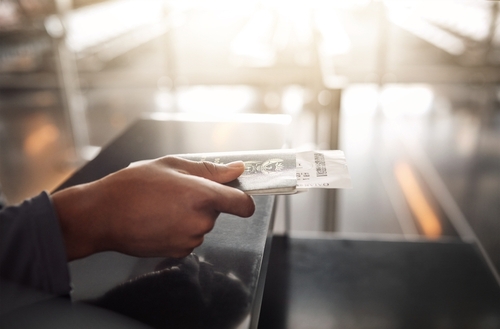
Missed connections are one of the biggest nightmares in air travel. One late flight can force airlines to rebook dozens of passengers, adjust luggage handling, and even reassign crew schedules. It creates a domino effect that disrupts multiple flights. By extending flight times, airlines reduce the chance that you’ll miss your next flight. This is especially important in large hubs, where connections are tight and walking distances are long. It also helps airlines keep planes on schedule throughout the day. A single delay in the morning can throw off five or six flights later on. By padding the first leg, they keep the rest of the day running on time, or at least appear to. It’s all about protecting the chain.
Longer Times = Happier Surveys

Believe it or not, how you feel about a flight matters just as much as how it actually went. Airlines rely heavily on customer satisfaction scores and post-flight surveys to guide decisions and market themselves. A key factor? Perception. If you think the flight arrived early or on time, you’re more likely to rate it positively. That feedback can affect route planning, staffing, and even advertising. Schedule padding makes it easier to deliver that positive experience. You land, the pilot announces you’re ahead of schedule, and everyone claps—even if the only reason it happened is because the original schedule was exaggerated. The goal is simple: keep you happy, keep ratings high, and keep the planes full.
Final Thought: Longer Flights, But Smoother Operations
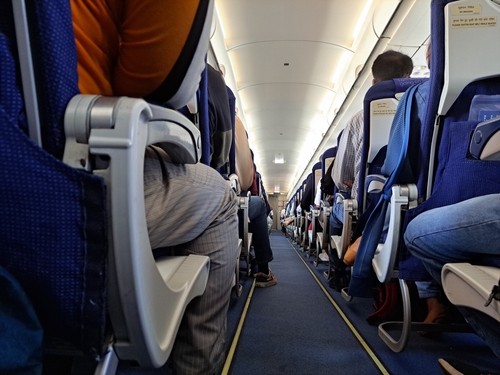
It may seem sneaky, but padding flight times isn’t just about making airlines look good—it’s a tool to manage an increasingly complex system. From legal requirements to passenger moods to busy skies, airlines are juggling countless moving parts every day. By building in some breathing room, they reduce stress for pilots, improve public perception, and avoid costly compensation. So the next time you land 20 minutes early, remember: your flight didn’t magically speed up. It just never needed to be that long in the first place. And that extra time? It might’ve saved the entire day.
Read More: 2025’s Top 25 Travel Destinations

